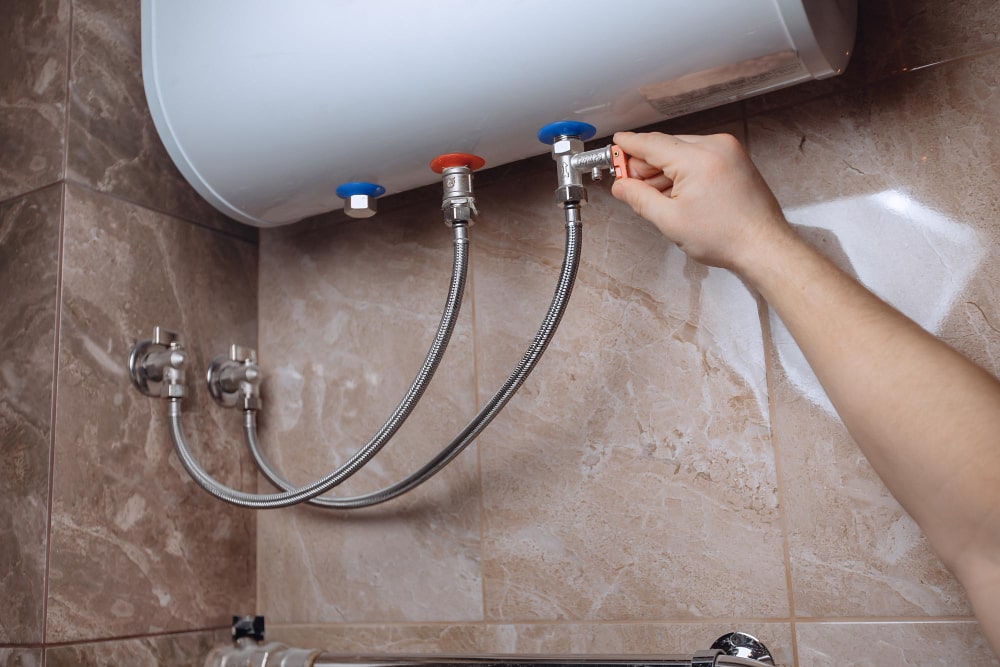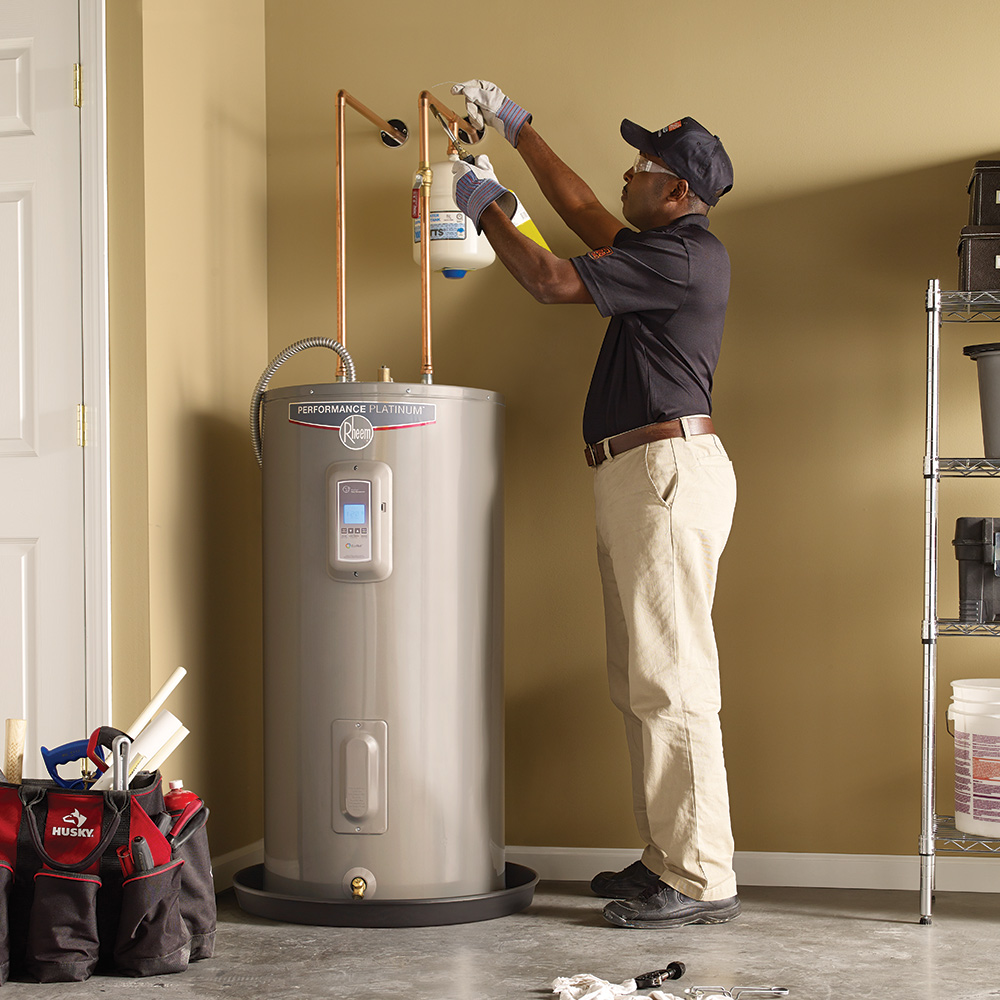Professional Tips on Maintaining Your Home's Hot Water SystemStep-by-Step Steps to Maintaining Your Home's Hot Water SystemEssential Advice on Maintaining Your Home's Hot Water System
Professional Tips on Maintaining Your Home's Hot Water SystemStep-by-Step Steps to Maintaining Your Home's Hot Water SystemEssential Advice on Maintaining Your Home's Hot Water System
Blog Article
Are you currently trying to locate suggestions about Tips on Maintaining a Water Heater?

Warm water is necessary for daily convenience, whether it's for a rejuvenating shower or washing dishes. To guarantee your hot water system runs effectively and lasts longer, regular upkeep is essential. This short article provides useful suggestions and insights on exactly how to preserve your home's warm water system to stay clear of interruptions and expensive repairs.
Intro
Preserving your home's hot water system could seem daunting, however with a few straightforward steps, you can guarantee it operates smoothly for years to come. This guide covers whatever from recognizing your warm water system to do it yourself upkeep suggestions and knowing when to contact professional aid.
Significance of Keeping Your Hot Water System
Routine maintenance not just expands the life-span of your warm water system but additionally guarantees it runs successfully. Overlooking maintenance can result in decreased effectiveness, higher energy bills, and even early failing of the system.
Indicators Your Hot Water System Requirements Upkeep
Understanding when your hot water system requires attention can protect against significant concerns. Keep an eye out for indications such as irregular water temperature level, strange sounds from the heating unit, or rustic water.
Comprehending Your Hot Water System
Before diving right into upkeep tasks, it's helpful to understand the standard components of your hot water system. Usually, this includes the hot water heater itself, pipes, anode poles, and temperature controls.
Month-to-month Maintenance Tasks
Normal regular monthly checks can aid capture minor issues before they escalate.
Flushing the Hot Water Heater
Purging your water heater eliminates debris accumulation, boosting effectiveness and lengthening its life.
Monitoring and Replacing Anode Rods
Anode poles avoid corrosion inside the container. Checking and replacing them when worn is important.
Examining and Readjusting Temperature Level Settings
Readjusting the temperature level settings ensures optimum efficiency and security.
Do It Yourself Tips for Upkeep
You can carry out numerous upkeep tasks yourself to keep your hot water system in top condition.
Looking for Leaks
Frequently inspect pipes and links for leaks, as these can result in water damage and greater costs.
Evaluating Pressure Alleviation Valves
Evaluating the pressure safety valve guarantees it works correctly and prevents extreme pressure accumulation.
Protecting Pipelines
Insulating hot water pipes minimizes warmth loss and can conserve power.
When to Call a Specialist
While DIY upkeep is beneficial, some issues require professional proficiency.
Complicated Issues Calling For Specialist Aid
Instances include major leaks, electric troubles, or if your hot water heater is continually underperforming.
Routine Specialist Maintenance Benefits
Expert maintenance can consist of comprehensive inspections, tune-ups, and ensuring conformity with security criteria.
Verdict
Routine upkeep of your home's hot water system is vital for performance, longevity, and cost financial savings. By adhering to these tips and understanding when to seek specialist aid, you can make sure a trusted supply of hot water without unexpected disturbances.
Water Heater Maintenance: The Basics
Maintaining your water heater will ensure it operates efficiently and has a longer lifespan. Neglecting regular maintenance can lead to costly repairs and an even bigger chunk of your savings if you have to replace it sooner than necessary. But there’s good news: Most water heater maintenance tasks are relatively simple and easy for homeowners with basic DIY skills.
Flush the Water Heater
Over time, sediment and minerals can build up in the tank, reducing its efficiency and potentially causing damage. To flush the tank, turn off the power or gas supply, attach a hose to the drain valve near the bottom and open the valve to drain the water until it runs clear. Ideally, flush the tank annually.
Replace the Anode Rod
The anode rod is a sacrificial metal rod that helps prevent corrosion inside the tank. Inspect and replace it every three to five years or per the manufacturer's recommendation. To replace the anode rod, turn off the power or gas supply, drain a few gallons of water from the tank, unscrew the old rod and replace it with a new one. If the anode rod is significantly corroded or covered in calcium buildup, it's a sign the water heater may need to be replaced soon.
Tune-Up
A yearly tune-up can help identify potential issues and ensure your water heater operates at peak efficiency. This typically involves checking the thermostat, burner assembly (for gas heaters) and any other components specified by the manufacturer. During a tune-up, the technician may also clean the burner and adjust the pilot light (for gas heaters) or examine the heating elements (for electric heaters).
How to Maintain Your Water Heater
Insulate the tank. Insulating the tank can improve energy efficiency and reduce heat loss, saving you money on energy bills. You can purchase precut insulation blankets designed specifically for water heaters or use standard fiberglass insulation wrapped securely around the tank. Check the temperature. The recommended water temperature for most households is around 120 degrees Fahrenheit (49 degrees Celsius). Higher temperatures can increase energy costs and potentially cause scalding. Use a kitchen thermometer to check the temperature at the faucet nearest the water heater. Monitor water pressure. Excessive water pressure can strain the water heater and cause leaks or even tank failure. Install a pressure-reducing valve if necessary. The ideal water pressure range is between 60 and 70 PSI (pounds per square inch). Test the temperature and pressure (T&P) relief valve. The T&P relief valve is a safety feature that releases pressure if the tank gets too hot or the pressure builds up too high. Test it annually by lifting the lever and allowing a small amount of water to release. Replace the valve if it doesn't release water or reseal properly. Check for leaks. Regularly inspect the tank, pipes and fittings for leaks or corrosion. Deal with issues promptly to prevent further damage. Even a small leak can lead to significant water damage over time. Consider a tankless water heater. If your traditional tank-style water heater is nearing the end of its lifespan ( typically 10 years), consider replacing it with a tankless water heater. These units heat water on demand, reducing standby energy losses and potentially saving you money on your energy bills. Schedule professional maintenance. While homeowners can perform many water heater maintenance tasks, it's still a good idea to schedule professional maintenance every few years. A plumber or HVAC technician can thoroughly inspect the unit, identify potential issues and ensure it operates safely and efficiently. https://www.homeserve.com/en-us/blog/home-improvement/hot-water-heater-maintanence/

I'm just very involved in Tips For Maintaining Your Hot Water Heater and I hope you enjoyed the article. You should take the time to promote this blog if you appreciated it. Many thanks for your time. Return soon.
This Site Report this page